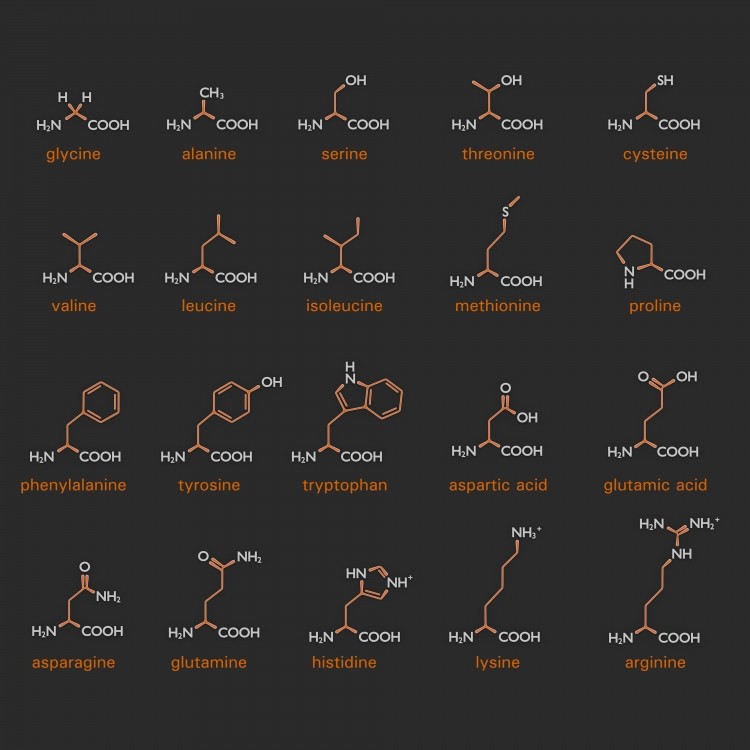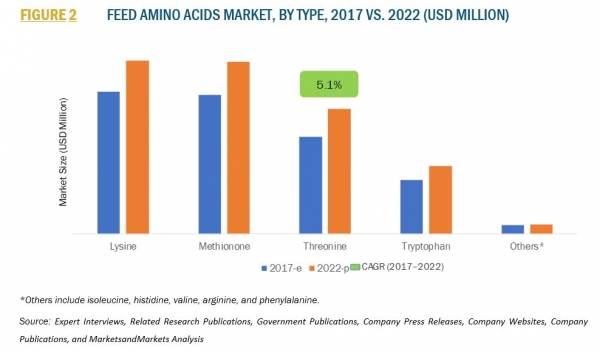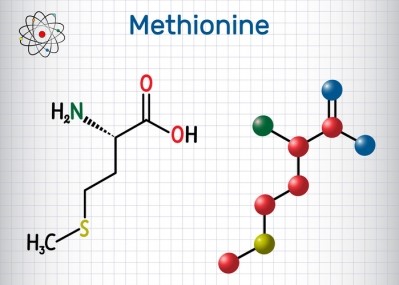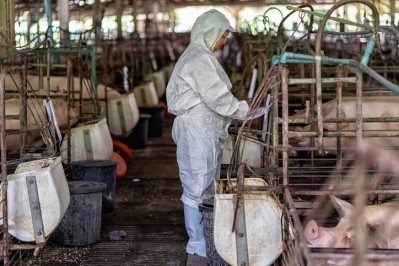Optimistic outlook for amino acid market up to 2022, threonine to see highest growth rate

That analytical company’s report shows that trends such as an increase in awareness about animal nutrition, the modernization of the livestock production sector globally, and a rise in meat consumption is leading to an increase in the market size of feed amino acids. Moreover, efficient usage of feed ingredients like amino acids can support the reduction of the environmental impact of livestock farming, said the market specialists.
Among the various amino acids in feed, threonine is projected to grow at the highest rate during the forecast period, said Priyanka Tiwari, senior research analyst, MarketsandMarkets.
“When we benchmarked threonine against the other essential amino acids, we saw it as being much more efficient and much more optimized that the others. Threonine has functionalities in regards to growth, production, as well as in regards to metabolic efficiency, and the overall maintenance of animal health. It is not only helping to maintain livestock health though, it also aids overall milk yield and helps reduce nitrogen excretion, with [evident benefits from that in terms of] global warming, [and those are some of the reasons why] threonine wil see a higher growth rate in the forecast period,” she told FeedNavigator.
The MarketsandMarkets outlook, she said, is supported by its analysts’ conversations with various market players from established companies to localized, regional ones, with all sources used having a strong industry hold and a firm idea of the distribution and supply patterns occurring in the industry.
The perspectives of those companies trading in all types of feed additives and those only involved in amino acids were taken into account to properly triangulate the industry, get a real market sizing and to make an accurate scenario forecast, said Tiwari.
“We went country level, and we collated data bottom up, were we asked companies about consumption [trends] and market values for various amino acids and then built up a global number.”
Market penetration
In general, there is much higher penetration of amino acids in the North American and European animal feed markets than there is in the Asia Pacific (APAC) region, she said.
“If you look at the entire APAC area, there is a lot of [disparity] in approach. Penetration is varied, there is not a fixed pattern, but things are moving towards the adopting of feed additives overall and amino acids as well to reduce nitrogen [excretion in livestock production].”
There is a market price differential between Chinese feed amino acid production and products, a factor supporting the trend of China driving the feed additive market globally.
“As we look at the entire global feed production, you will always find that there is higher amount of production at lower cost in the APAC region. There is [due to the fact that there is] a high percentage of livestock production in the region, which, in turn, leads to a large production of feed and, therefore, results in a lower price.
“A lot of Chinese feed amino acid production also finds acceptance in the North American region and the European market.
“If [a buyer]is willing to compromise on quality or other aspects then a Chinese manufacturer [can appeal] but if [a buyer] is looking [at sourcing] from a local perspective or from a quality point of view, then they make go to a North American or European producer.”
She said there is further growth opportunities for the amino acid segment arising out of the use of the additives as replacements for bone and meat meal in feed due to regulatory changes in certain markets. In September 2018, for example, China banned the use of pig blood as a raw material in the production of feed for pigs, in a bid, said authorities, to halt the spread of African Swine Fever (ASF).
Rankings
In terms of the top five players ranking, Tiwari said Ajinomoto Inc holds around 20-22% of the global feed amino acids market share; Archer Daniel Midland (ADM) comes next in the rankings, followed by Meihua Holdings, then Evonik and finally, CJ CheilJedang.













